Understanding the Acetone Smell
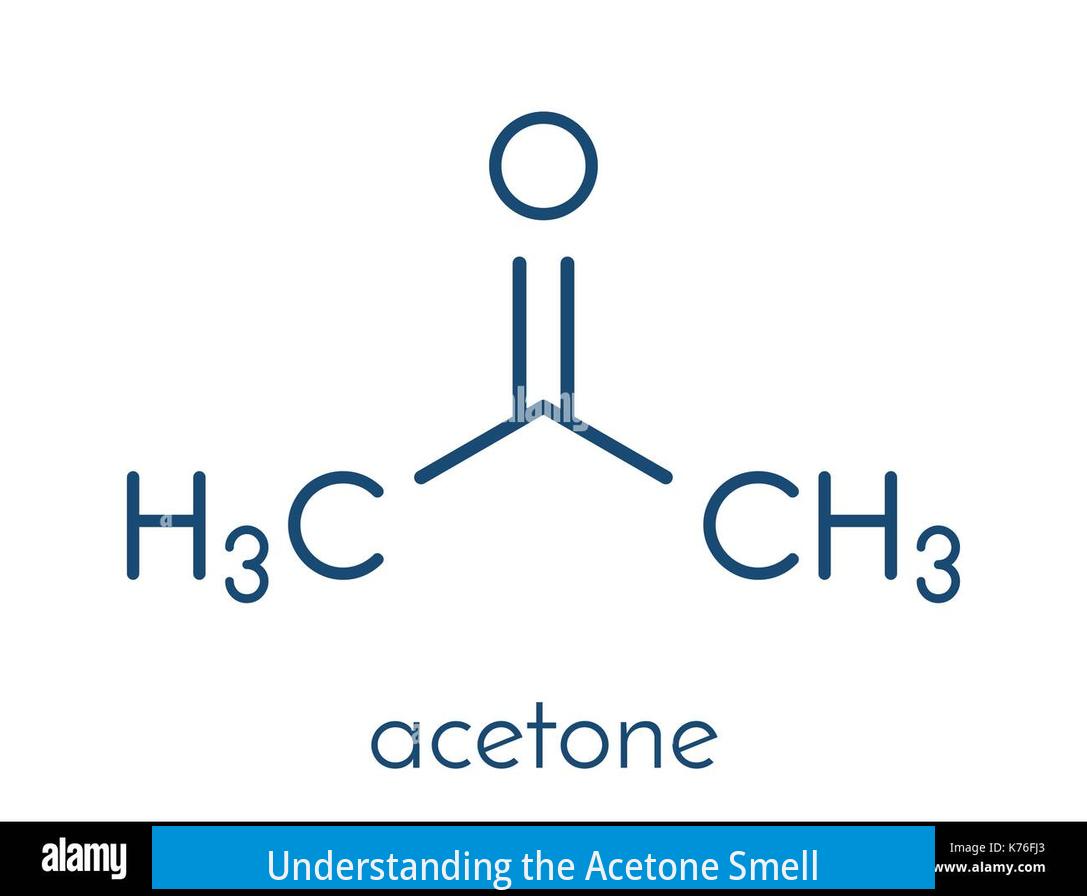
The distinct smell commonly associated with nail polish remover is often not pure acetone but a mixture of various solvents and additives. Lab-grade acetone has a clean, sharp scent, but many commercial products differ.
Acetone Content in Nail Polish Removers

Contrary to popular belief, most nail polish removers today do not contain acetone. In many regions, manufacturers have replaced acetone with other solvents like ethyl acetate. This change contributes to varying odors.
Lab acetone tends to have higher purity levels. It lacks the additional smells that consumer products might have because it contains fewer impurities or additives. Thus, acetone in laboratory settings smells different—often cleaner—than nail polish remover you find at stores.
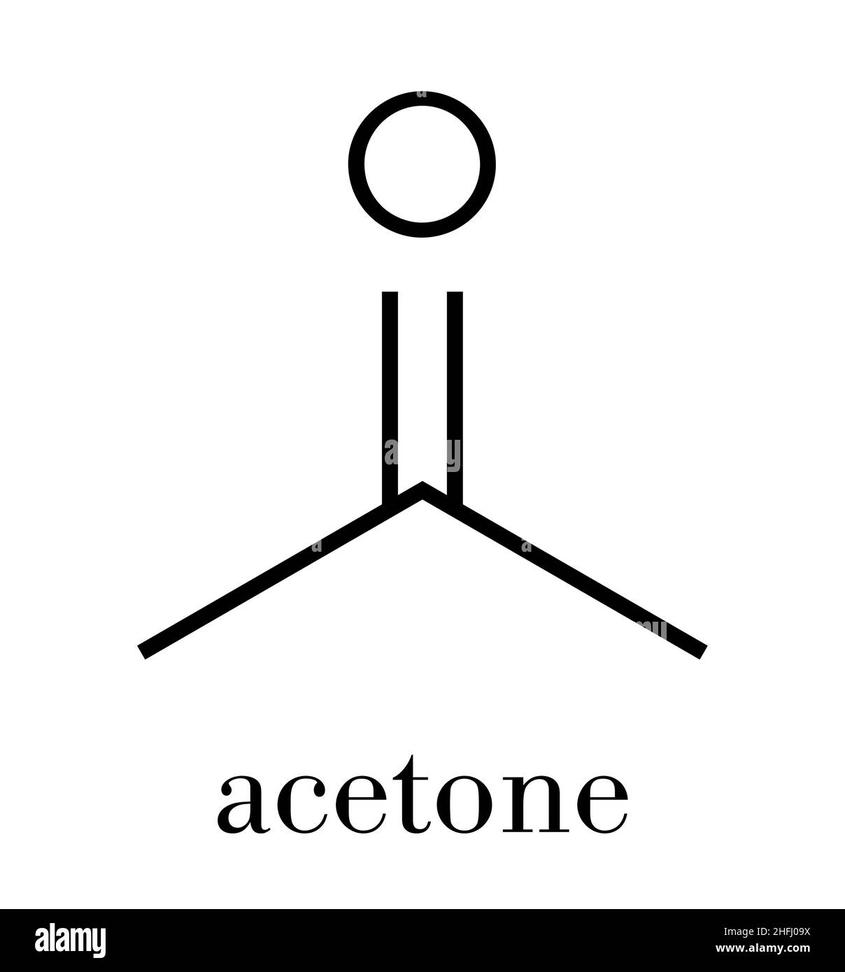
Role of Other Compounds in Odor
Nail polish removers include a variety of volatile organic compounds. These contribute to the smell more than acetone itself in many cases. Some common ingredients are:
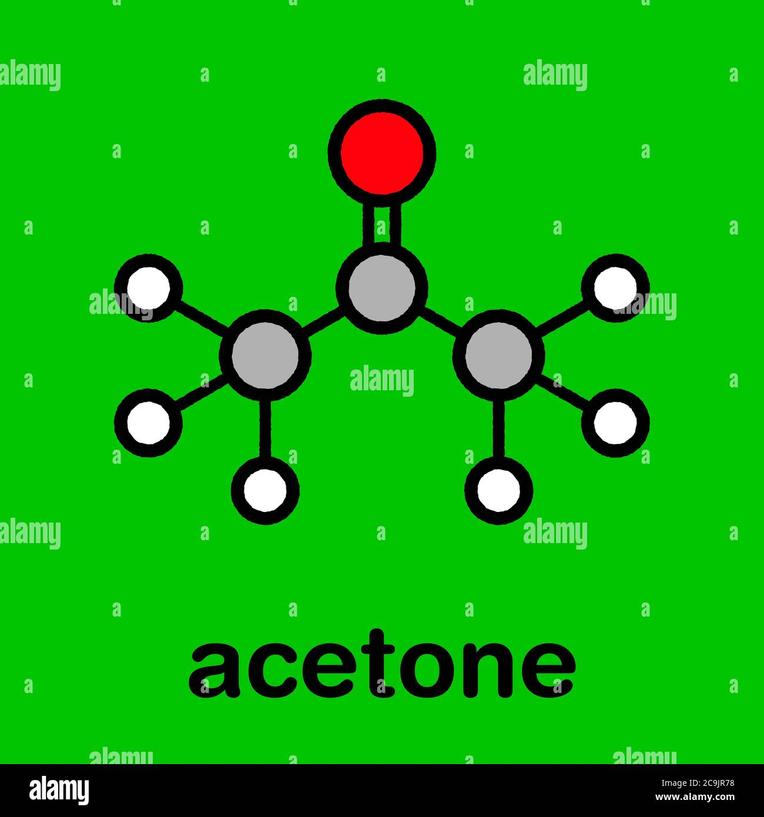
- Ethyl Acetate: Has a sharp, fruity smell. Some describe it as unpleasant or harsh.
- Cyclohexanone: Milder odor, less offensive to most people.
- Denatonium: Added as a bitterant but can influence the product’s overall impact.
- Fragrance additives: Sometimes added to mask solvent smells, creating a complex aromatic profile.
The combined effect creates a solvent bouquet—often described as a “cacophony” of smells. This complexity can lead to strong dislike or varied opinions about the odor.
Personal Preferences and Fragrance Effects
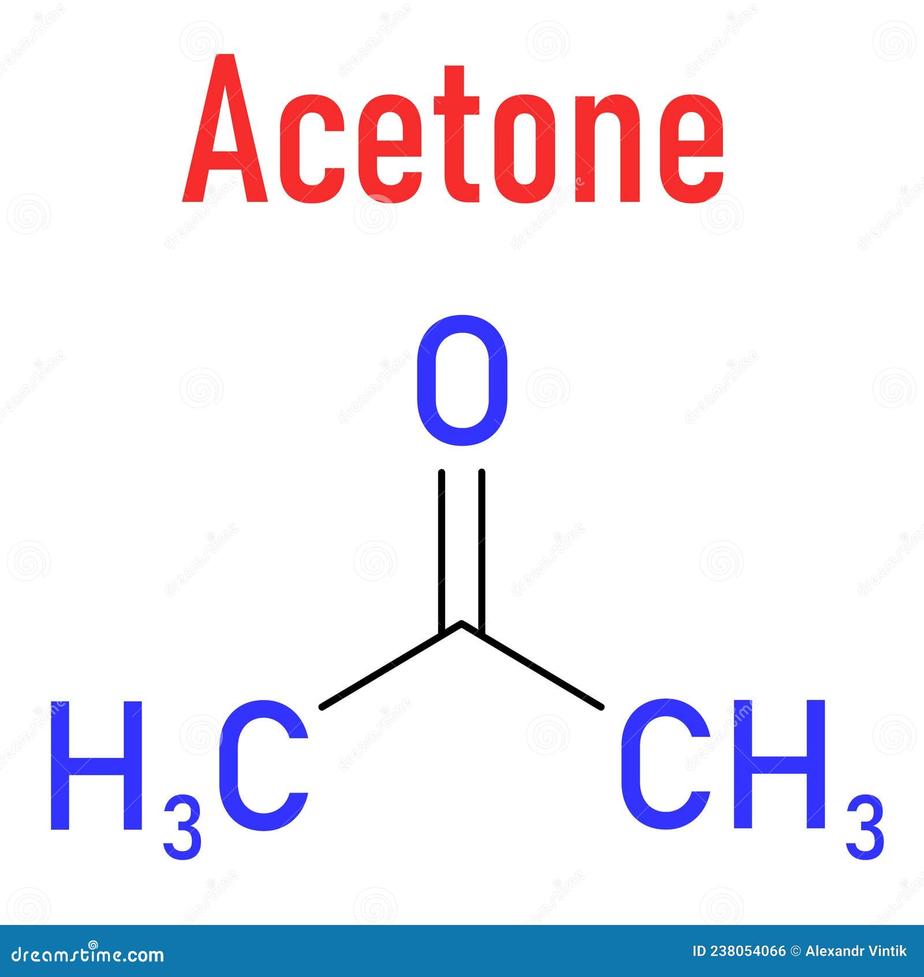
Fragrances added to nail polish removers intend to make products more pleasant but can alter their characteristic odor. Unscented removers allow the pure solvent smell to come through more clearly.
Personal experience influences perception of acetone smell. Some people find it sharp and clean, even enjoyable. Others react negatively to the mix of solvents used.
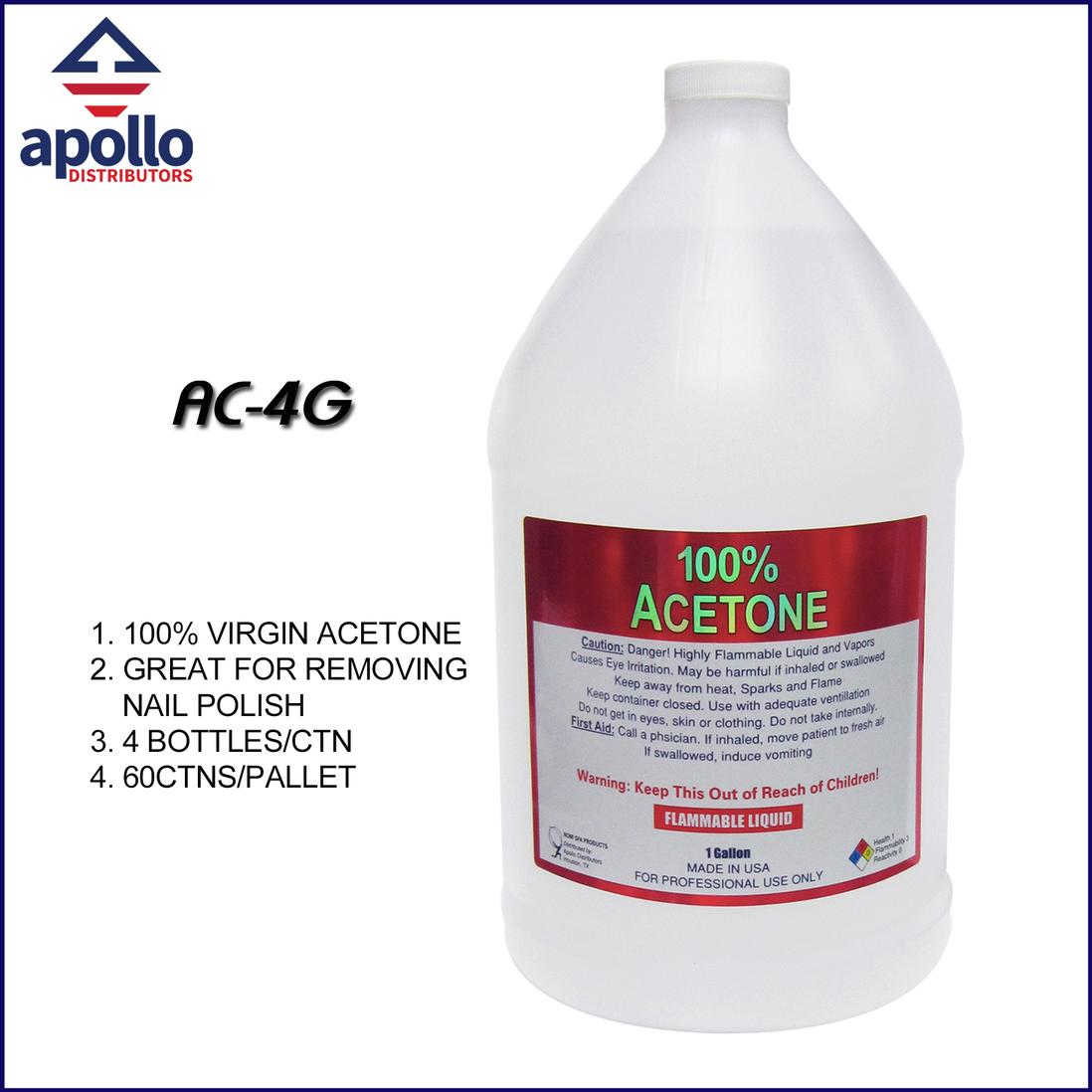
Key Takeaways
- Most commercial nail polish removers do not contain pure acetone.
- Odor usually arises from a blend of solvents like ethyl acetate and additives.
- Lab-grade acetone smells cleaner and more straightforward.
- Fragrances affect perception and can mask or alter solvent odors.
- Individual scent preferences vary widely with solvent smells.
The Truth About That Distinctive Acetone Smell: What’s Really Behind It?
If you think every nail polish remover smells like straight-up acetone, you might be barking up the wrong molecular tree. The familiar sharp, chemical scent you associate with acetone often isn’t just about acetone at all. In fact, most modern nail polish removers haven’t contained acetone for decades. Wait, what? Yes, you read that right.
Let’s peel back the layers of this aromatic mystery. Have you ever wondered why nail polish removers smell so harsh—sometimes pleasant, sometimes downright doom-like?
Is That Really Acetone You’re Smelling?
When you pick up a bottle labeled “acetone,” you might assume that’s all you’re inhaling. But lab-grade acetone, which is super high purity, actually has a cleaner, less “extra” smell. So if you’ve ever noticed that lab acetone smells less intense or weird, that’s because it’s purer. On the flip side, the acetone-like smell from nail polish remover bottles often comes from a cocktail of other chemicals mixed in.
Interestingly, many “acetone-based” removers nowadays don’t even contain acetone! Your local store’s nail polish remover likely swapped it out years ago. The reason? Safety, smell complaints, or cost efficiencies. So, when you sniff that bottle, you are likely experiencing the scent of other solvents.
What’s Actually Causing That Harsh Odor?
The villain (or hero, depending on your nose) is often a mix of volatile organic compounds. Ethyl acetate, cyclohexanone, and sometimes even bittering compounds like denatonium take center stage here.
- Ethyl acetate is the top suspect. It smells sharp, fruity, and some say like doom. It’s a solvent that replaced acetone in many removers because it’s effective yet a bit less aggressive on the skin.
- Cyclohexanone sneaks in occasionally. It’s less offensive, more subtle, but still contributes to the overall odor profile.
- Denatonium is added for bitterness—so nobody mistakes the stuff for juice. It’s an odorless bitterant more than a scent contributor.
Imagine the scent as an awkward party where several “chemical” guests mingle: some friendly, some intense, and some downright overpowering. The combined smell often overwhelms many unsuspecting noses. Not to mention some brands throw in perfumes to mask the base odors, which can either help or make the smell even stranger.
Fragrance Additives and Why Some People Love or Hate It
Let’s talk about personal preference. Chemical smells can trigger wildly different reactions. To the untrained nose, acetone can smell like nail remover, fabric, or just plain chemicals. To a “gay chemist who painted his nails as a kid,” as one enthusiast puts it, acetone “always smells amazing.” Others might find the smell lovely, while some recoil.
This isn’t limited to acetone. For example, vodka’s aroma can be off-putting despite its premium branding, yet USP-grade absolute ethanol smells top-notch to some aficionados. Similarly, methanol’s smell—a bit like alcohol gone rogue—can oddly appeal to some noses. It’s a quirky reminder that scent is personal and tied to individual experience or even nostalgia.
Interestingly, many nail polish removers come with fragrance additives aiming to soften or sweeten the harsh chem notes. If you can find a fragrance-free version, it often smells “purer,” closer to the solvent base without distraction. If you dislike the “doom” scent of ethyl acetate, a fragrance-free product might help you identify exactly what you’re smelling and tolerate it better.
So, What Should You Smell? And Does It Matter?
In general, if you want the classic, clean acetone smell, look for lab-grade or pure acetone products, not typical commercial nail polish removers. The latter is often a blend of solvents and fragrance to make the product practical and less offensive, even if it ends up smelling like a “cacophony of organic solvents,” to borrow a phrase.
Knowing what you’re truly smelling matters if you experience headaches, dizziness, or irritation from these products. Many people mistake the “acetone smell” as the issue, when in fact additives and solvent blends play a big role in causing discomfort. Choosing a product with fewer additives or higher purity can make a big difference.
A Fun Takeaway
Ever caught yourself sniffing that nail polish remover and thinking, “This oddly smells like doom but also like nostalgia?” You’re not alone. The chemistry of scent is weird and wonderful in equal parts.
Whether you love or hate the smell, understanding its makeup lets you better appreciate why it hits your nose the way it does. Next time you’re opening a bottle, you’ll know the odor is a symphony of solvents, not just simple acetone. And if you’re ever curious, try smelling both lab-grade acetone and modern removers side by side. You’ll be surprised by the difference.
So next time you catch that sharp smell, ask yourself: Am I smelling acetone, ethyl acetate, or just a pungent mix designed to get my polish off quickly? Either way, it’s chemistry at its finest, wrapped in a scent that’s been part of our lives for decades.
Now, tell me—do you love or hate the smell of nail polish remover? Or do you secretly find it oddly pleasant?
Why does nail polish remover often smell different from pure acetone?
Most nail polish removers do not contain acetone anymore. They contain other solvents like ethyl acetate and various additives, which change the smell.
Can additives in nail polish remover affect its odor?
Yes. Fragrances, bittering agents like denatonium, and a mix of organic solvents all contribute to a complex and sometimes unpleasant smell.
Is the smell of pure acetone the same as nail polish remover?
No. Pure acetone has a sharper, cleaner scent. Nail polish remover often smells like a mix of chemicals, not just acetone.
Why do some people like the smell of acetone or similar solvents?
Personal preference varies. Some people find the smell of acetone or similar solvents appealing, while others dislike them.
Does the purity of acetone affect its smell?
Yes. Lab-grade or pure acetone tends to have less odor complexity because it lacks impurities found in commercial products.


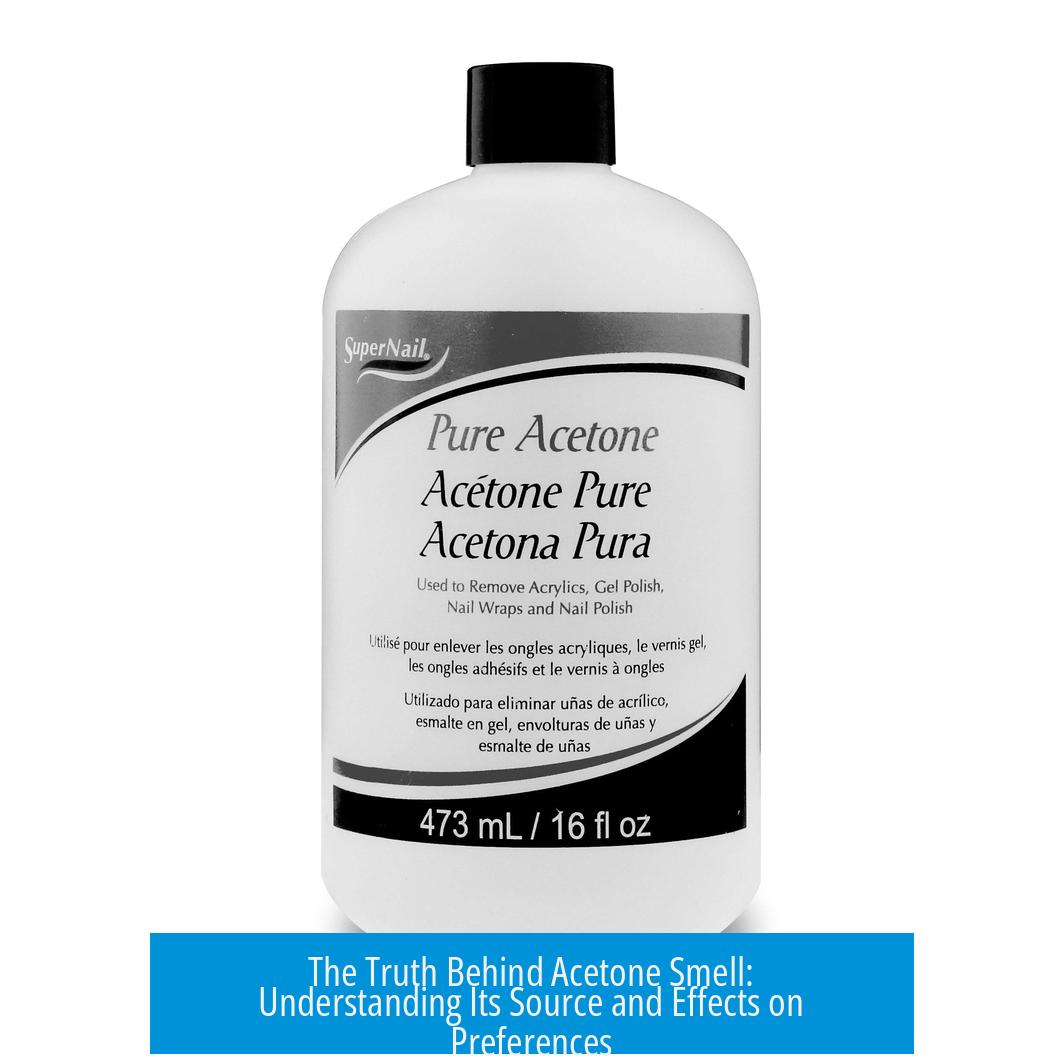


Leave a Comment